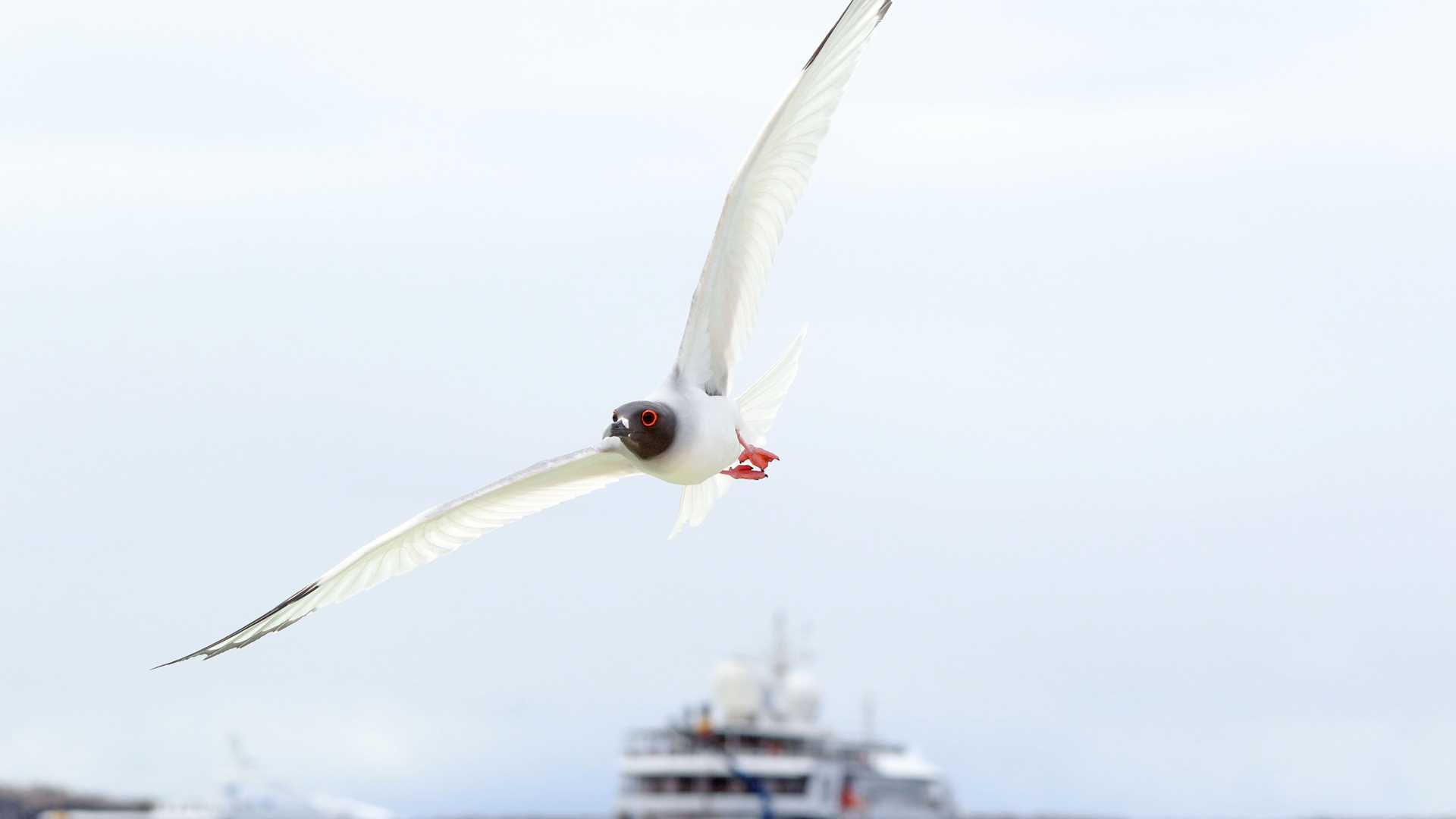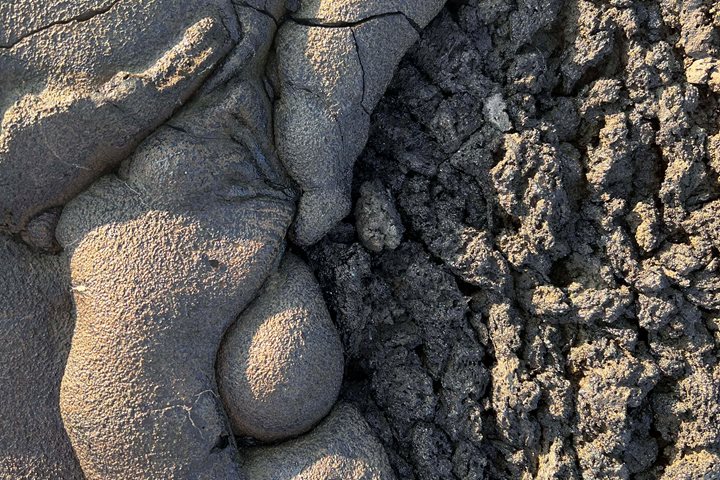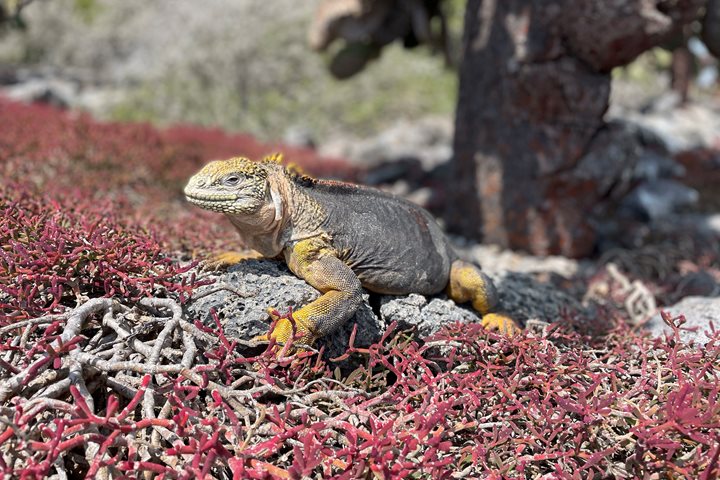We woke up anchored inside a caldera filled with seawater. We visited two destinations where about a million seabirds live and breed. We also snorkeled and kayaked inside the caldera, the only opportunity of its kind in the Galapagos. We celebrated as we crossed the equatorial line from south to north. Sunset declared the day was over, painting the sky yellow and red. We declared it an extraordinary day of expedition.
- Daily Expedition Reports
- 22 Oct 2022
Genovesa Island, 10/22/2022, National Geographic Islander II
- Aboard the National Geographic Islander II
- Galápagos
Patricio Maldonado, Naturalist/Certified Photo Instructor
Patricio, better known as Pato amongst his friends, was born in the Galápagos Island. His family moved to the islands from the mainland and settled on the island of Santa Cruz over thirty-five years ago. Pato had an enchanted childhood in the islands...
Read MoreShare Report
Wild Galápagos & Peru Escape
VIEW ITINERARYRelated Reports
10/20/2022
Read
National Geographic Islander II
Plazas and Santa Fe
It’s our first full day in the Galapagos Islands, and we visited Plazas Islet first thing after breakfast. In this place, we encountered countless sea lions sleeping under the equatorial sun, and swallow-tailed gulls resting during the day. The highlight of this island is its population of land iguanas. As we walked farther along the trail, we spotted a land iguana feeding on prickly pear cactus. This is the main source of food during the dry season, and the island is really dry right now. What a great sighting, as this is something we do not get to see every day. We kept walking and arrived at the bachelors’ sea lion colony, where single males were resting. Blue-footed boobies and other seabirds flew above our heads. In the afternoon, we moved the ship to Santa Fe Island, where plenty of playful sea lions were waiting for us to get in the water. Kayaking was offered today, and guests enjoyed paddling alongside sea turtles, rays, and sea lions, of course! Our late afternoon walk took us into the island’s dry forest. The largest prickly pear cactus in the Galapagos can be observed here, along with the island’s unique species of land iguana, the pale iguana. Iguanas and sea lions are plentiful on this unique island, in addition to curious Galapagos doves and an endemic rat. At the end of the walk, the sea lions were there to wave goodbye as we boarded our Zodiacs to go back to National Geographic Islander II .






